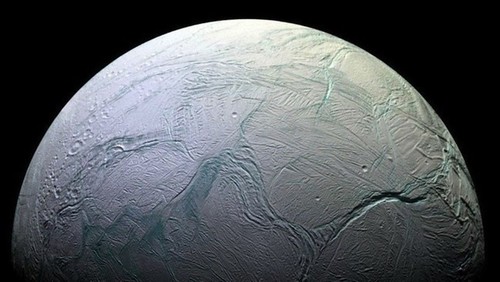- Category: Interest
- Posted on Friday, September 18, 2015 1:54
- Written by Elisa Rodriguez

If you love mysteries that holds our universe, sure you know the mission today and since set up back in 1997, is carrying out the Cassini probe to Saturn.
A lot of years have been devoted, among other things, to study both the surface of Saturn as the its moons, which serves mainly to know better both the composition of the planet and its moons behavior and how this affects Saturn, a huge amount of data and details that serve precisely for possible later mission where some kind of probe may or may not land on the planet or its moons.
After all this time, finally Cassini has managed to confirm the theory that shuffled in which specifically Enceladus, name of one of the moons of Saturn, likely could have water in liquid form under the thick layer of ice.
As a detail, this theory arose when researchers observe a strange behavior in orbit performing the Enceladus satellite to rotate around Saturn and was only explicable on the assumption that the outer layer of ice was not frozen inside the TV.
In order to confirm the presence of water under the Cassini surface had to study not only the behavior of Enceladus, but perform numerous photographs of its surface to, at long last, get scientists detected not only a number of fractures in the crust ice which in turn they expel liquid water, but after a thorough review of all the information sent by Cassini was found that Saturn’s gravity affecting the satellite so that the vibrating movement was irregular and only what could be due to the presence of a vast ocean just under the surface of the planet.
With this confirmation by NASA scientists and researchers mainly Ecélado adds to the list natural satellites that have discovered the existence of water made to date by Europa and Ganymede, two of Jupiter’s moons.
We’ll have to wait until late October to have more data about Enceladus and is scheduled to fly over the moon Ganymede just 49 kilometers from the surface to take advantage of all new samples and take pictures that can sustain research.
Source: News MVS
<- joomlaworks "disqus comments for joomla!" <- - disqus block!> (V3.5) ends here -> <- end: valaddthis plugin ->
No comments:
Post a Comment